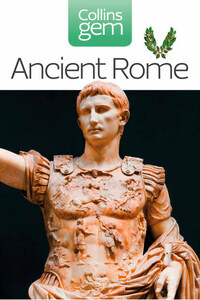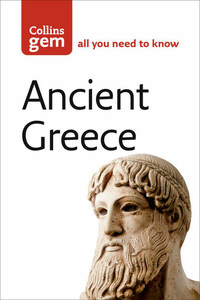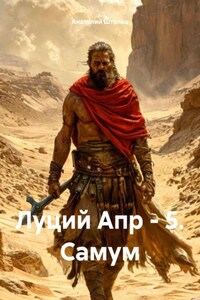Ancient Rome

From the Colosseum to Hadrian’s Wall, Gem Ancient Rome shows us how Rome’s vast empire laid the foundations of today’s civilisation.From aqueducts to baths, from gladiators to emperors, the fascinating history of and mythology of ancient Rome are brought to life in this entertaining and highly-readable guide.With their sophisticated army, monuments and roads, the Romans literally paved the way to modern Europe.Learn about the hand-to-hand combat at gladiatorial shows, rediscover the myths and legends of the Roman gods and find out how and why Rome became the conquering superpower that it did. History will come to life in this engaging and comprehensive introduction to one of the most fascinating and influential places the world has ever known.Includes:• Geography – map of the Roman Empire• History – a timeline with the accomplishments of the emperors• Culture – what the Romans did for us• Religion – Gods and Festivals• Mythology – Virgil's Aeneid, Romulus and Remus• Daily life in Ancient Greece – different levels in society, the jobs, family life, leisure activities• Politics – transition from Republic to Dictatorship• Learning and knowledge – Law, Science, Architecture, Literature, Art• War – important wars, the Empire, the army and navy• Rome Today – temples, archaeology, and modern tourist sites








